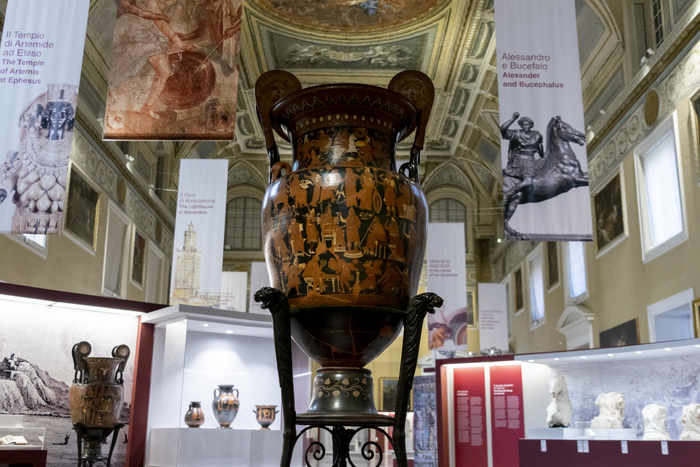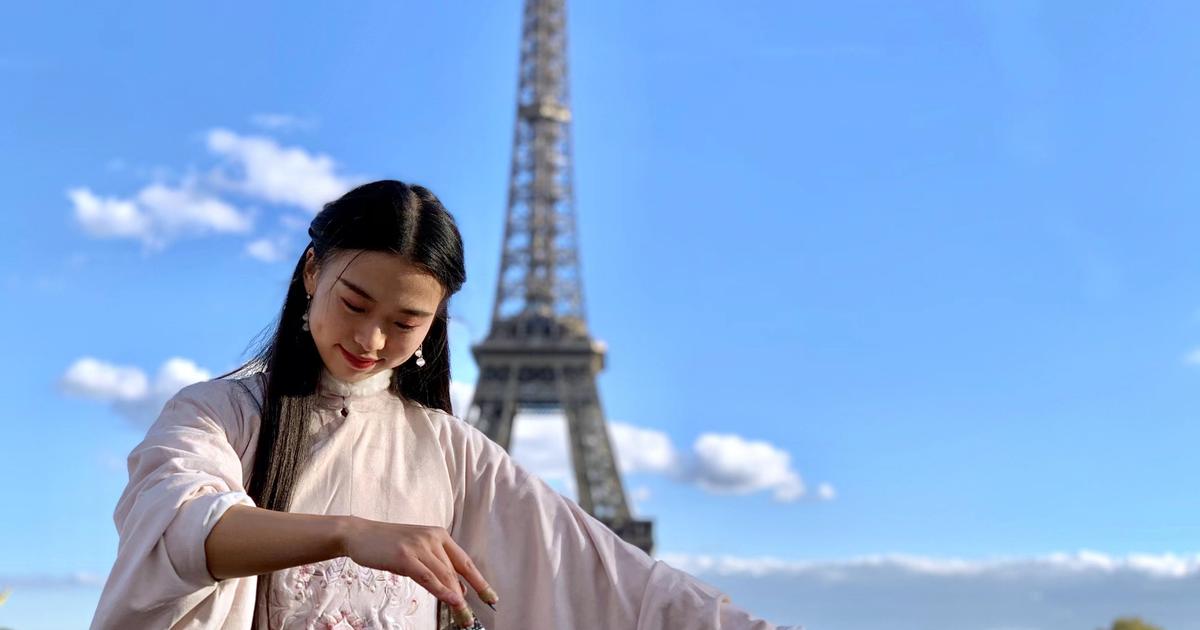Like a pop star, Alexander the Great wore the clothes of the pharaoh, those of Zeus, Heracles, Dionysus, Shahs of Persia, Raja of Taxila and India. In a decade he became king of Asia and Europe. And as a man and as a philosopher, a pupil of Aristotle, he promoted peace and the union of the peoples he subjugated. To tell this myth, and this dream, the National Archaeological Museum of Naples proposes one hundred and seventy works, from ancient Persia to Gandhara, which meet the masterpieces of the MANN in an exhibition "Alexander the Great and the East" (until August 28, 2023) inaugurated by the Minister of Culture Gennaro Sangiuliano. The event coincides with the start of the second executive phase of the epochal restoration of the Battle between the Macedonian and Darius, perhaps the most famous mosaic mosaic of antiquity (closing of the works scheduled for March 2024). A 'transparent construction site' will make it possible to see experts at work in the coming months.
Organized by the MANN directed by Paolo Giulierini, with Electa, curators Filippo Coarelli and Eugenio Lo Sardo, the exhibition is promoted by MiC, with the support of the Campania Region, the Colosseum and Intesa Sanpaolo Gallerie d'Italia, and avails itself of the collaboration of the Museum of Civilizations of Rome and the Hellenic Ministry of Culture and Sport. The path for the visitor starts from the Atrium and arrives at the Salone della Meridiana, with references to the three gardens. The reproduction of the mosaic is placed in a carpet in the Sundial where the environment of the house of the Faun is reconstructed. Alexander was fascinated by the East, married the Uzbek Roxane and placed his capital in Babylon. In Europe his memory was even more vivid. Pompey, Caesar, Augustus were inspired by him. We see him in splendid statuary groups, depicted for example as Achilles dead in the arms of Ajax. In the exhibition you are greeted by depictions on busts, gems, sculptures, including the herm of the Louvre. The peristyle and the main hall of the famous Villa di Fannius Synistor in Boscoreale, one of the greatest enigmas in the history of art, are for the first time entirely reconstructed and explained. Among the rare artifacts is the extraordinary Vase of the Persians (second half of the fourth century BC). Reassembled the group of marble equestrian statues, coming from the sanctuary of Juno Sospita in Lanuvio, partly preserved in the British Museum.
The admiration of Alexander by the Egyptian priests is remembered by the stele from the temple of Isis in Pompeii. Also on display are finds that recall the most faithful collaborators such as Seleucus, depicted in a bronze bust from the Villa dei Papiri. During his long journey to the East (334-323 BC) Alexander founded many cities, including Alexandria in Egypt, Alexandria Eschate, once Leninabad, Bucefala in Pakistan. A few centuries later, in the Indo-Greek kingdoms there was a lasting fusion of customs, customs and religions. An example among many on display: the statue of Buddha, from Pakistan (II-III century AD) These influences are the basis of the relationship between Rome and the East with traces that are found in the figures of Heracles with the club, of kneeling Atlas, of winged erotes and Ionic capitals carved in stone. The great ancient civilizations of the East, in turn, were received and assimilated by the Greco-Latin civilization. In Pompeii, for example, in the last century a small and splendid statue of Indian ivory divinity was found. Electa catalogue.













